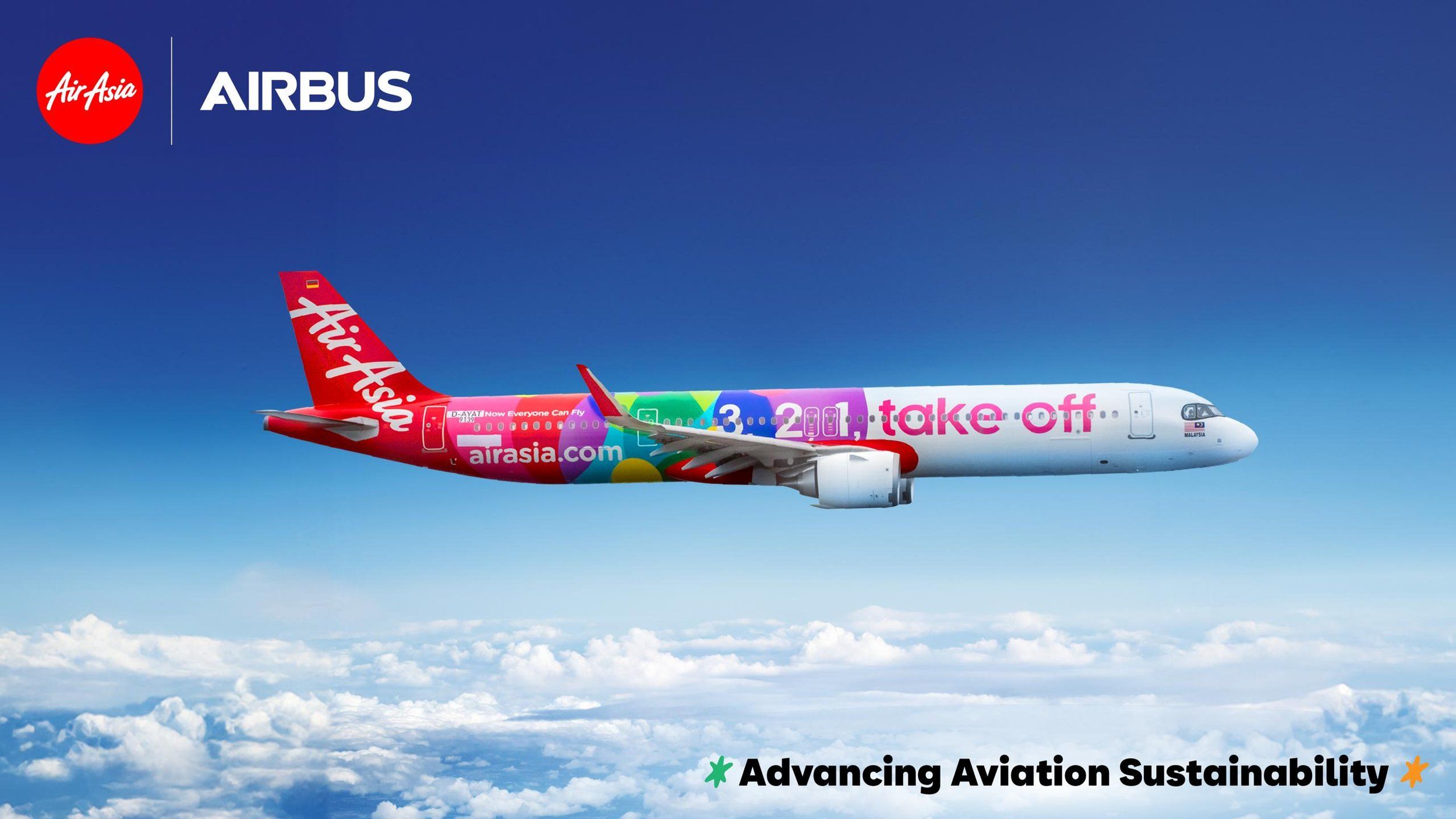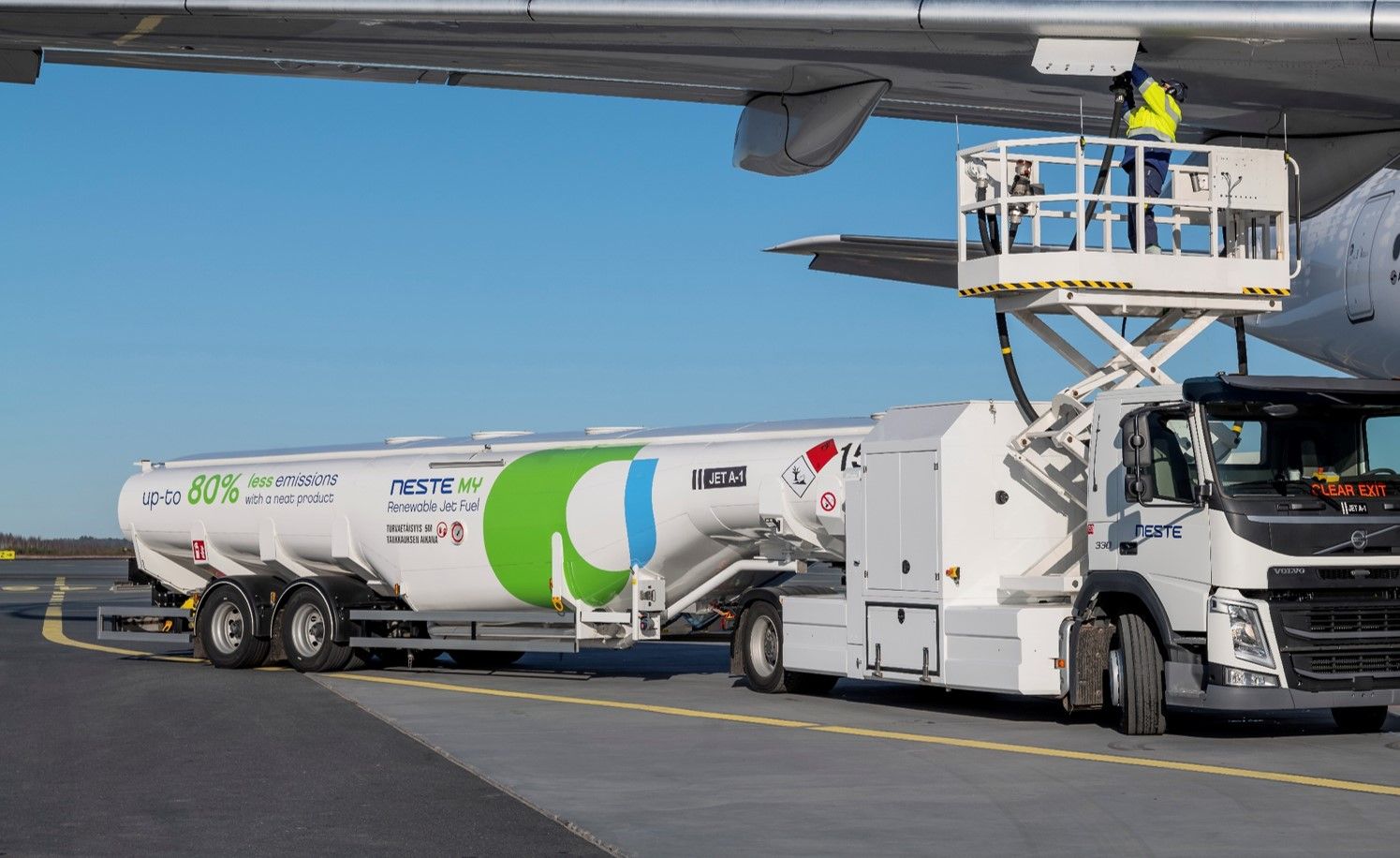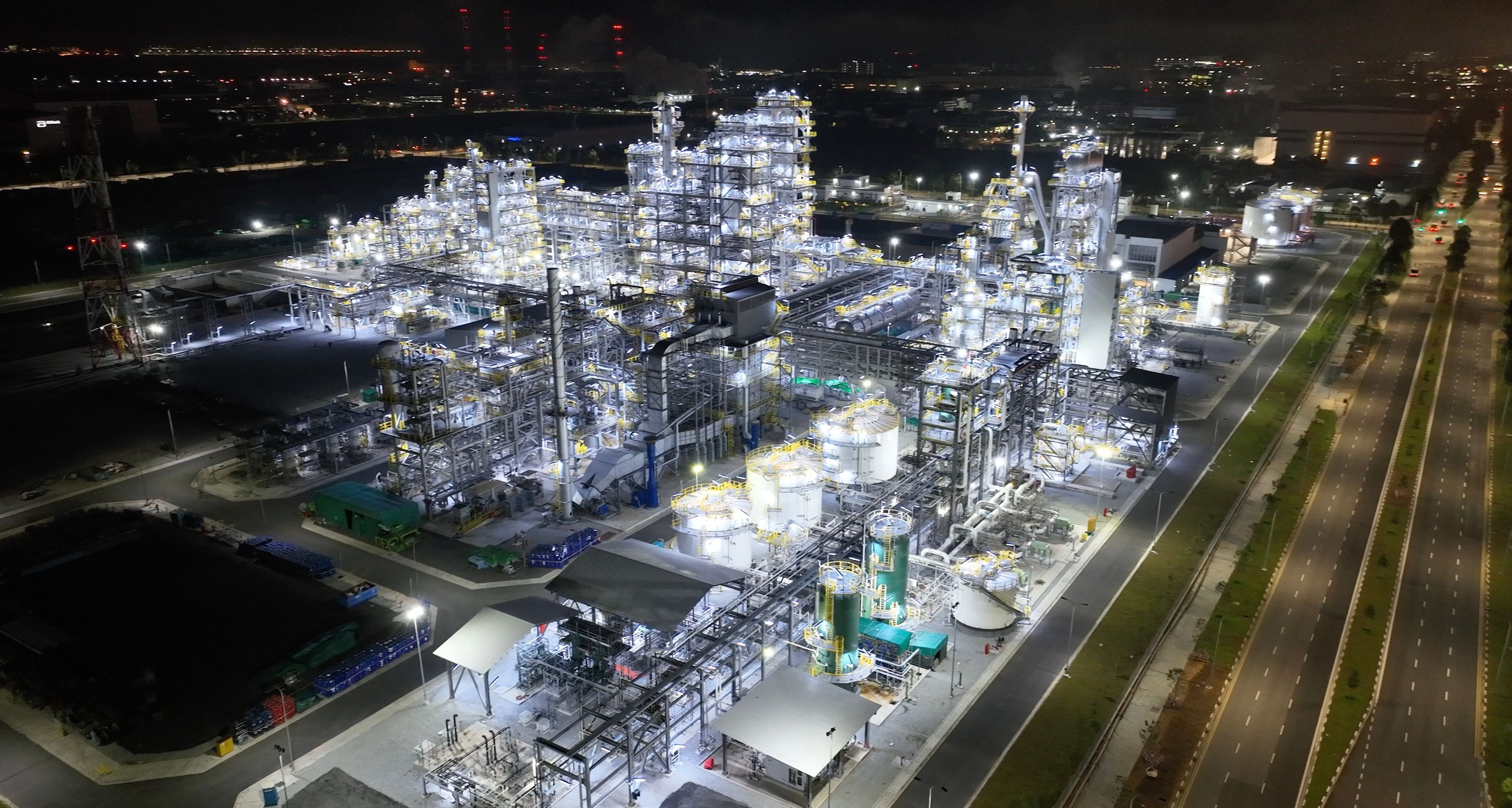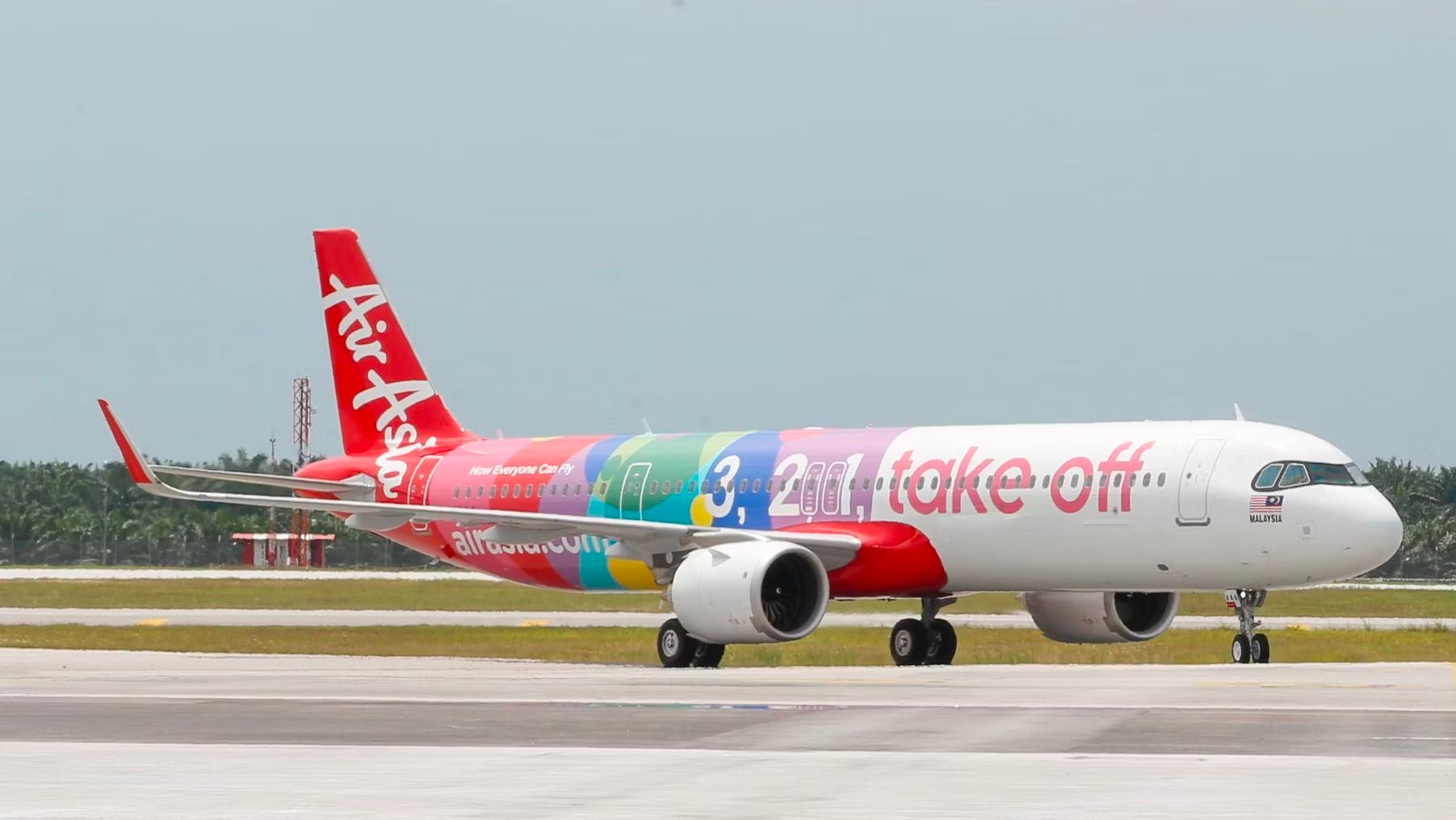The aviation industry is picking up the pace on sustainability, which is timely given that the commitment to net zero emissions by 2050 is rapidly coming into sharper focus. AirAsia and Airbus are solidly in lockstep on reaching that goal, and last week, the two announced a new partnership to advance research into sustainability initiatives in the ASEAN (Association of Southeast Asian Nations) region.
Producing SAF in Southeast Asia
Last week at Indonesia’s Bali International Airshow, AirAsia announced a new development in its long-term relationship with Airbus. The two signed a Memorandum of Understanding (MoU) to establish a collaboration to explore the decentralized production of sustainable aviation fuel (SAF) using alternative feedstock and technologies in Southeast Asia.
Photo: Neste
The AirAsia and Airbus partnership will seek to uncover opportunities supporting the commercial development of promising projects to expand SAF availability in the region. They will also investigate improving air traffic management (ATM) to cut CO2 emissions, leveraging AirAsia’s fuel efficiency program and Airbus’ global leadership in aeronautics, space and related services.
Image: Neste
AirAsia will be a key partner of Airbus in ASEAN to test the feasibility of SAF produced from alternative feedstock and technologies, as well as ground-breaking ATM initiatives supported by Aitbus innovation teams. Parent company Capital A is behind the effort, and Chief Sustainability Officer Yap Mun Ching said that as a regional carrier based in five ASEAN countries, AirAsia brings unparalleled operational experience in the region to complement Airbus’ technological expertise.
“The partnership establishes a foundation upon which to build joint projects at multiple levels that address the broad needs of improving the environmental performance of the sector.”
While it is encouraging to see more airlines and OEMs using their expertise and resources to develop a viable SAF industry, the availability and cost issues around renewable fuels are far from settled. In the short term, the most effective solution is to deploy more new-generation aircraft, such as the Airbus A320neo Family, to immediately cut fuel consumption and emissions.
Airbus A320/321neos are driving positive change
The AirAsia Group has approximately 250 Airbus aircraft operating from bases in Malaysia, Indonesia, Cambodia, the Philippines and Thailand. Reflecting the group’s development, the fleet is dominated by A320ceo aircraft, although AirAsia is adding more A321neos now they are rolling off the Airbus production line.
Photo: AirAsia
In June, AirAsia received its first new Airbus A321neo since the COVID-19 pandemic, and in the fourth quarter of this year, it will add another five. Starting this year, all Airbus aircraft deliveries to AirAsia will operate with a fuel blend inclusive of 5% SAF, with this year’s additions entering service in Malaysia and Thailand.
Due to the foresight of Tony Fernandes and his management team, AirAsia has more than 360 Airbus A321 aircraft on order. By 2035, aircraft upgrades are expected to account for up to a 10% reduction in the group’s CO2 emissions compared to 2019, while operational efficiency and SAF are expected to drive another 15% emissions reduction, putting AirAsia on a solid pathway to net zero by 2050.
The announcement noted that in 2023, AirAsia avoided emitting 130,000 tonnes of CO2 from its narrowbody regional network through the implementation of more than 20 operational efficiency measures, equivalent to the impact of planting more than two million trees. Those actions also reduced fuel costs by $40 million and shadow carbon costs by more than $388,000.




